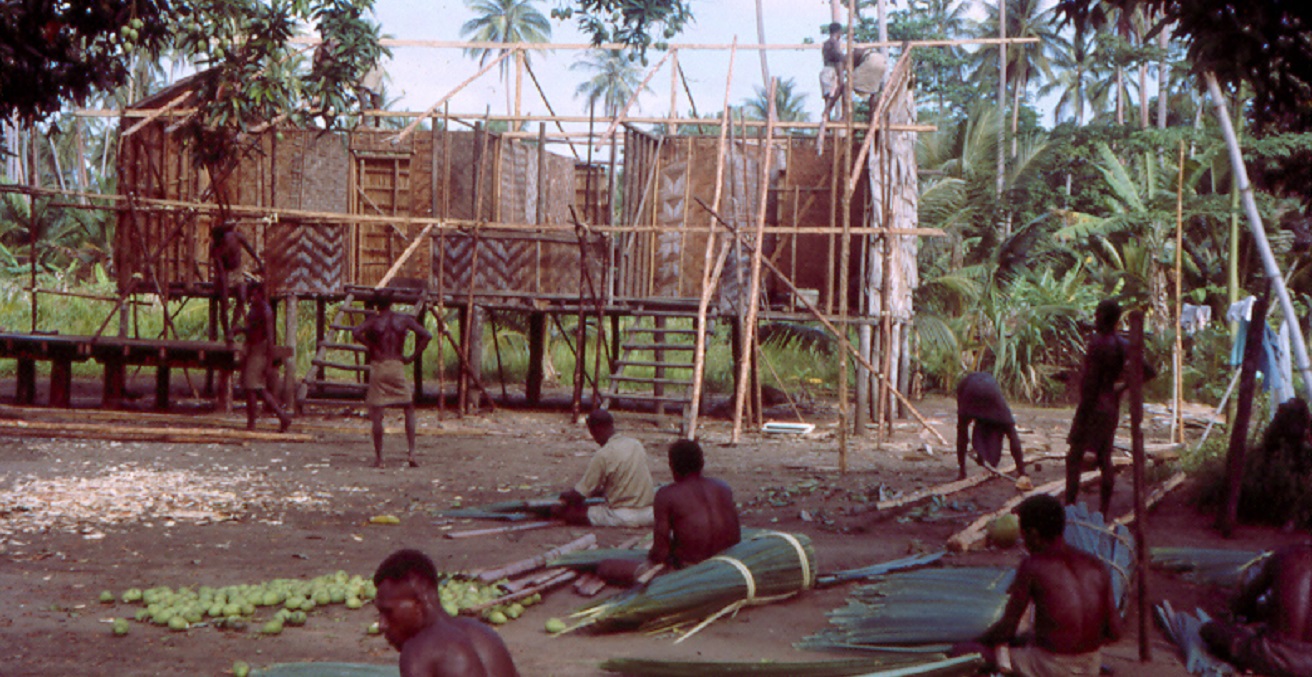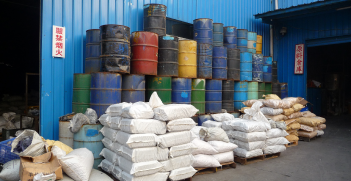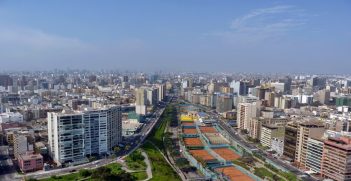Borderline Disorders

One particularly Australian dimension to the national obsession with borders is that they are exclusively maritime. But this was not always the case.
I have spent this pandemic largely in the depths of the Patrol Report archive, a sprawling relic of Australia’s administration of Papua and New Guinea. Previously accessible in microfilm, the University of California, San Diego has helpfully digitised some 300,000 pages of records, with still more to come.
Australian awareness of Australia’s offshore colonial history tends towards obliviousness. But from 1906, Australia shared a western land border with the Dutch, and for a brief time before Australia snatched it away from them at the commencement of the First World War, a northern one with the Germans. Then, from 1963, that western land border that bisects New Guinea meant that Australia rubbed shoulders with Indonesia in a terrestrial sense.
Amidst the upheavals of 1960s Indonesia, Australia’s border was the site of refugee flows, managed in a discrete and relatively unseen way by a handful of Australian and Papua New Guinean men. These men were the patrol officers, or kiaps, and the constabulary, which together constituted “government” in the remote reaches of the late Territory of Papua and New Guinea.
To be sure, the refugees at the border of 1960s Indonesia and Australia are hardly a neat analogue for Australia’s post-2001 experience. The colonial border has notes of both resonance and discord, at a moment when Australia’s national shutters are currently pulled down for viral reasons. On the one hand, there was an agricultural quarantine zone attached to the Indonesian border, on the other, 1960s migrants were not refugees with ambitions of reaching mainland Australia.
There is much less political sensitivity to the arrival of foreigners on nominally Australian land that most citizens do not really consider Australian. Yet, Australians in the 1960s were considerably closer to wartime experiences of New Guinea. There remained a widely held belief that the island was critical to Australian defence. Immersed in the archive, one cannot help but hear echoes with our own times, and New Guinea remains relevant to us by dint of history and geography, and increasingly, because of regional politics.
The security obsession with Australia’s Indonesian border was there, albeit with very different contours. The archives recall a sometimes-contradictory, sometimes-nuanced concern that both administrative neglect and government heavy handedness may well foster “native malcontents” along the border. Officers are alive to any sign of “West Irian propaganda,” and remote rural police posts are exhorted to report on things like aircraft sightings, but most especially “infiltration” from the wrong side of the line.
We know that little substance ever emerged to such worries. Much of the territory remained stubbornly loyal to the Australian presence right up until 1975. Nonetheless their roots are comprehensible at a time contemporaneous to konfrontasi, the Cold War-coloured standoff over Malaysia, further west in the archipelago.
Yet over time, a real empathy and humanity emerges in these accounts. Paranoia gives a little ground to a sympathetic view of Indonesian refugees. Officials write that refugee groups do indeed have a compelling case for what was then known as “permissive residence.” This reflected an appreciation that the Dutch-Indonesian-German-Australian border meant little to indigenous peoples, only recently touched by Cessnas and the wireless. It also reflected a concern, at least by the men on the ground, about the reports of violence just a few kilometres over the border that were reaching their ears.
There was another element at play too, perhaps one no longer possible – a certain type of not knowing, a constraining ignorance and room for useful fudges. The patrol report records are strewn with coy admissions by officers that they had inadvertently found themselves west of the border. With one account claiming that there were just fourteen border markers until the 1980s, it is unsurprising that even competent navigators found themselves on the wrong branch of a rarely walked track, or unexpectedly upon a river bend, with the sinking realisation that they were a little further west than planned. Reports of what was happening on the ground were also far from real time and certainly not instantaneously photographic.
This is not a case for Australia’s own wilful blindness, to be clear. Much is surely hidden behind the patrol reports. The curtain of secrecy draped over some reporting, a combination of apparently veiled speech and oblique references to other reports “under confidential covers,” is unmissable. The rear-view mirror of history allows us to adopt a healthy scepticism toward this CS Lewis, Inner Ring-style desire to partake in the secretive. And over the course of Australia’s history in the territory, state sanctioned violence was very much present on both sides of the border, particularly in the New Guinea Mandate.
In 2017, Tristan Moss of UNSW gave a fresh account of the hive of Pacific Islands Regiment activity in the years before independence, and a committed group of lay historians and largely ANU-based academics hold alight the candle of Australia’s history in PNG. Pacific geopolitics in the shadow of climate change demands that Australians all ground themselves a little better in this history.
At a time when Australians are thinking about borders more than ever – thoroughly unexpected interstate land borders, no less – it may be apt to give some thought to both Australia’s history of land borders and where it had them, too.
Will Leben is a General Sir John Monash Foundation Scholar currently at Oxford. He is researching late-colonial Papua and New Guinea. The views expressed here are, of course, entirely his own.
This article is published under a Creative Commons License and may be republished with attribution.





